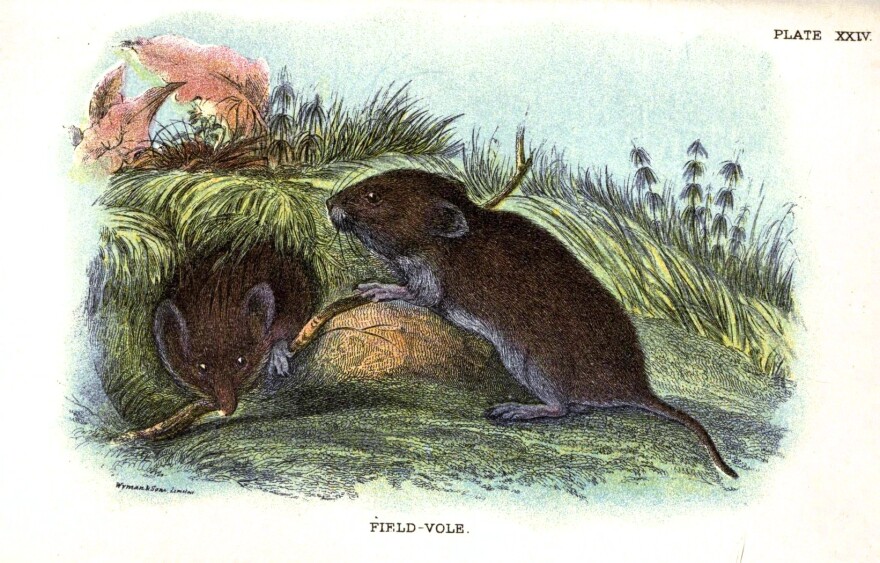With Valentine's Day over, let's get real about "Romance"… Do any animals really mate for life?
In short: there are generally well-accepted lists of animals that appear to mate for life as a primary reproductive strategy - which is the sole purpose for "mating" in biological terms. About 90% of 9,700 species of birds pair, mate, and raise chicks together — some returning to the same nest site year after year. Often fidelity is to a particular nest site is stronger than to an individual mate. Birds mate for life in a social sense: birds create strong domestic partnerships, living together as mated pairs that arenot necessarilyentirely exclusive. Male birds routinely raise unrelated chicks. DNA tests reveal male birds do not father 10% to 40% of nestlings. Even birds famously reported to “mate for life” - swans, geese, vultures, penguins and albatrosses – quickly find a new mate if one of a pair perishes.
In mammals, only 3% of 4,000 mammal species are reported to be monogamous. Most-often cited: beavers, wolves, Gibbons and Prairie voles. Wolves are generally considered monogamous yet wolves may also have more than one mate in a lifetime.
Lists depend upon definitions of "mate for life." Recent DNA studies disprove monogamy in every species except one: Prairie voles. Exhaustive genetic mapping and observation of wild and captive prairie vole offspring has yet to reveal any offspring NOT being raised by biological parents.








